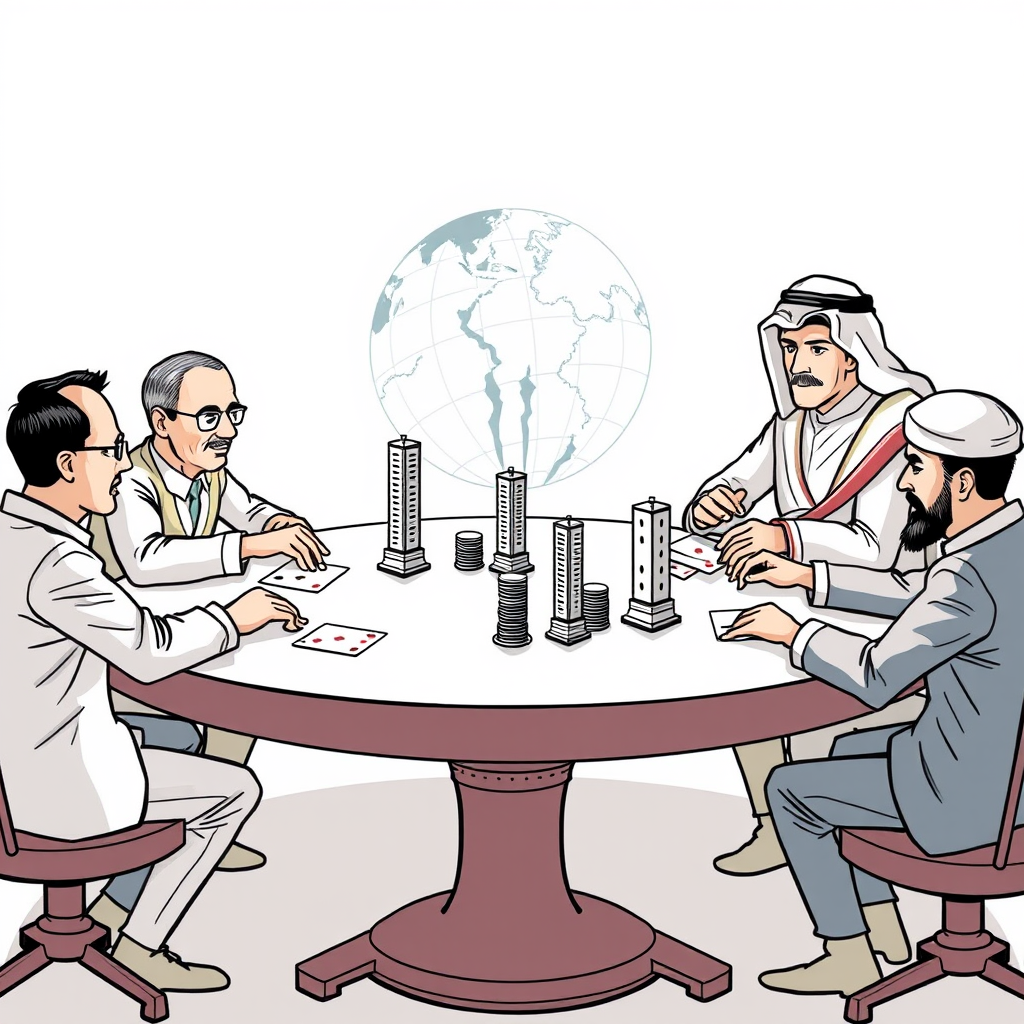Trump's Trade War: Risky Gamble or Genius?

Donald Trump’s aggressive tariff policies are sparking widespread concern, raising questions about their economic rationale and potential global repercussions. While the administration frames these measures as a means to level the playing field and bolster American manufacturing, a closer examination reveals a strategy fraught with risk and built on potentially shaky assumptions about U.S. leverage.
The scale of the proposed tariffs – potentially surging from a mere 2% to between 24% and 27% – is unprecedented in recent history. This dramatic increase isn’t simply about trade; it’s intertwined with a broader “America First” foreign policy agenda, aiming to reduce the U.S. trade deficit, pressure allies on defense spending, and even restructure the national debt. The plan, as outlined by Stephen Miran, chair of the Council of Economic Advisers, envisions leveraging tariffs to force a devaluation of the dollar and entice foreign holders of U.S. Treasuries into accepting long-term, low-interest bonds – a “Mar-a-Lago Accord” that appears to underestimate the willingness of other nations to comply.
However, the U.S. holds a diminishing share of global import demand (around 15%), and the world is increasingly interconnected through a complex web of bilateral and regional trade agreements centered around the EU, Indo-Pacific, and Gulf regions. To believe the U.S. can unilaterally dictate terms ignores the growing economic power of these blocs.
The economic indicators are already flashing warning signs. The S&P 500 has fallen nearly 10% since February, and a staggering $3.1 trillion was wiped off market value on the day the tariffs were announced. Moody’s warns of an inevitable recession if the policies are fully implemented, and inflation is projected to rebound to 4%.
Politically, the ground is also shifting. A recent Wisconsin Supreme Court race saw a liberal challenger defeat a Republican nominee, despite significant financial backing from Elon Musk. Four GOP Senators broke ranks to oppose Trump’s Canadian tariffs, signaling internal dissent.
The administration appears to be betting on a calculated risk: appeasing business leaders with deregulation and tax cuts while maintaining the support of its MAGA base, even if the tariffs lead to economic hardship. The sentiment among some supporters, as captured by The New York Times, is a resigned acceptance of potential disruption, a belief that “things have been so disastrous for so long anyway.”
While the administration frames these tariffs as a bold move to protect American interests, the reality is far more complex. The strategy relies on a potentially overblown assessment of U.S. influence, ignores the growing interconnectedness of the global economy, and carries significant risks for both domestic and international stability. The coming months will be crucial in determining whether this gamble pays off or plunges the U.S. – and the world – into a period of economic uncertainty. The potential benefits, if any, seem dwarfed by the considerable downsides and the likelihood of retaliatory measures from trading partners.